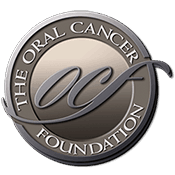Blood filter to be tested on cancer patients
Source: www.signonsandiego.com Author: Keith Darcé A Santa Monica research center will test an experimental therapeutic filtering device being developed by Aethlon Medical on blood taken from cancer patients, the San Diego company said Wednesday. The study will target exosomes, bubbles of protein and RNA molecules excreted by cancerous cells that can block immune system cells from fighting the illness. By removing exosomes from circulating blood, Aethlon officials hope their device will improve the body's ability to fight cancer and the effectiveness of treatments such as chemotherapy. Blood taken from 25 patients with non-small cell lung cancer, prostate cancer, melanoma, sarcoma, and head and neck cancer will be circulated through the Hemopurifier device. In clinical use, blood would be filltered directly from the patient and returned to the body in a similar way to kidney dialysis. However, in the newly announced pre-clinical trial blood will not be returned to patients, Aethlon Chairman and Chief Executive Officer James Joyce said. "if we validate that our Hemopurifier is efficient in capturing exosomes, its possible that we could transition towards a human treatment study to evaluate exosome clearance from the entire circulatory system," he said. The test will be conducted by the Sarcoma Oncology Center, a nonprofit independent research institute focused on cancer therapy development. "This clinical histological study is a critical validation step in Aethlon's Hemopurifier strategy for cancer," said Dr. Sant Chawla, the trial's chief investigator. "The concept of 'subtractive therapy', eliminating a major mechanism of tumor progression and resistance to drugs, [...]
